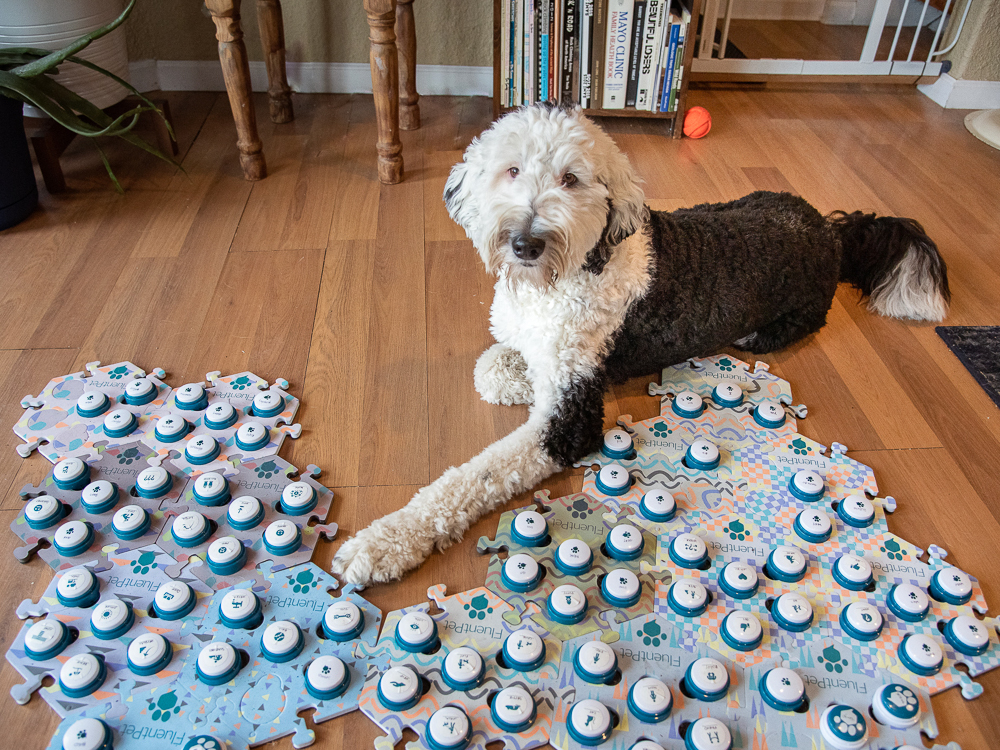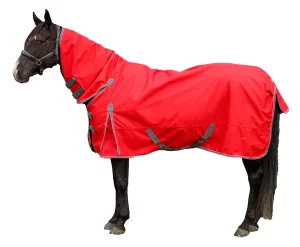Imagine a world where your dog can clearly communicate its desires, needs, and feelings to you. That world is no longer the realm of fiction, thanks to the innovative use of dog buttons. These buttons, which produce specific words or phrases when pressed, are allowing dogs to ‘speak’ to their owners in unprecedented ways. It’s possible for almost any dog owner to witness firsthand the incredible benefits of this technique. Let’s delve into how you can teach your dog this remarkable skill.
The Fundamentals of Dog Communication
Dogs, like humans, are innately social creatures. They have an array of vocalizations, body language, and other signals that they use to communicate with both their own kind and with us. However, these signals can sometimes be vague, misinterpreted, or not comprehensive enough to express their feelings and their needs (especially during a dog’s pregnancy or a medical situation). This is where dog buttons can bridge the gap.
Requirements Before Starting Dog Button Training
Dog’s Age and Health
While you can teach an old dog new tricks, it’s generally easier to begin training younger dogs as they are more adaptable to learning new skills. However, ensure that your dog is in good health. A dog with hearing or vision problems may struggle more than others.
Basics of Obedience
Before introducing your pet to dog buttons, it’s essential that they have a foundation of basic obedience commands such as ‘sit’, ‘stay’, and ‘come’. This ensures they are mentally prepared and capable of following your guidance during the button training process.
The Right Equipment
Purchase a set of dog buttons. There are various brands available, but all operate on the same principle – a button that plays a recorded message when pressed. Some popular phrases to start with are ‘outside’, ‘play’, and ‘food’. There are others that allow you to program or record your own sounds, but these may be pricey.
The Training Process
Starting Simple
Start with just one button. Choose a word that corresponds with a frequent activity or need, like ‘outside’ if your dog often signals a desire to go out. Every time you’re about to take your dog outside, press the button and say the word. Encourage your dog to press the button by guiding its paw or nose. When they do, give them praise and immediately cater to the action (in this case, take them outside).
Expanding Vocabulary
Once your dog has mastered one button, you can slowly introduce more. Remember to associate each button with a specific action or reward. Consistency is key. It might be tempting to introduce many buttons at once, but this can confuse your dog. Be patient.
Consistent Placement
Ensure the buttons remain in the same place. Dogs rely on spatial memory, and shifting buttons around can lead to confusion.
Regular Practice
Like all training, the frequency of feedback is crucial. Make it a daily routine to use the buttons in relevant situations. The more frequently you practice, the quicker your dog will pick up the skill.
The Benefits of Dog Buttons for Dogs and Their Owners
- Clearer Communication: Many behavioral issues in dogs arise from miscommunication or misunderstanding. Dog buttons can significantly reduce these problems by providing a clearer channel of communication between the dog and owner.
- Mental Stimulation: Learning and using these buttons provide a source of mental exercise for your dog. This can reduce boredom and related behavioral problems such as excessive barking or chewing.
- Deepened Bond: When a dog can express its needs and feelings more explicitly, it leads to a stronger bond between the pet and the owner. Understanding and meeting your dog’s needs can foster trust and affection.
- Insights into Dog’s Mind: Owners get a unique opportunity to delve deeper into their dog’s thoughts, feelings, and desires. Some dogs have even been known to create ‘sentences’ by pressing multiple buttons in sequence, giving profound insights into their cognitive processes.
Conclusion
The introduction of dog buttons in training is not just a trend but a revolutionary approach in enhancing human-canine communication. It’s a testament to the fact that with patience, consistency, and the right tools, our dogs can ‘speak’ to us in ways we once only dreamed of. So why not give it a try? You might be surprised at what your furry friend has to say.



